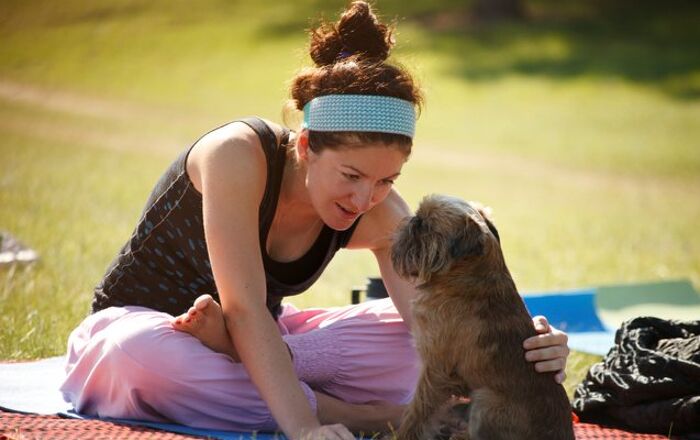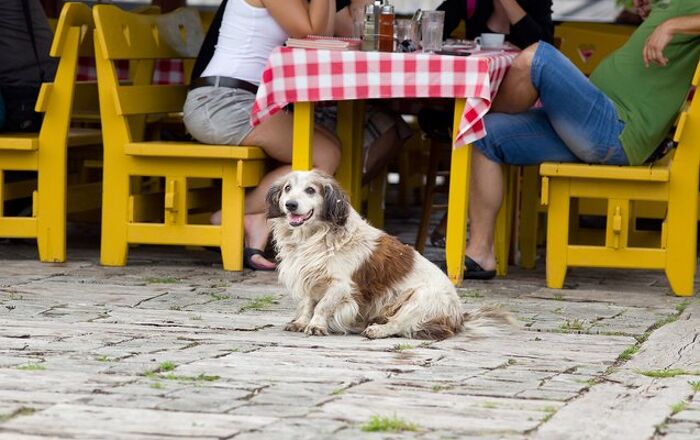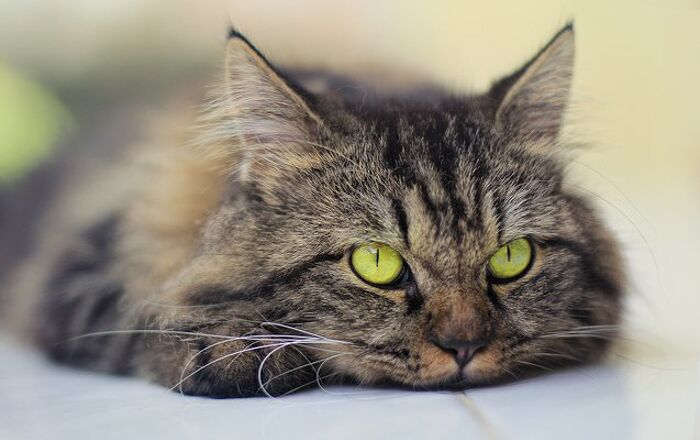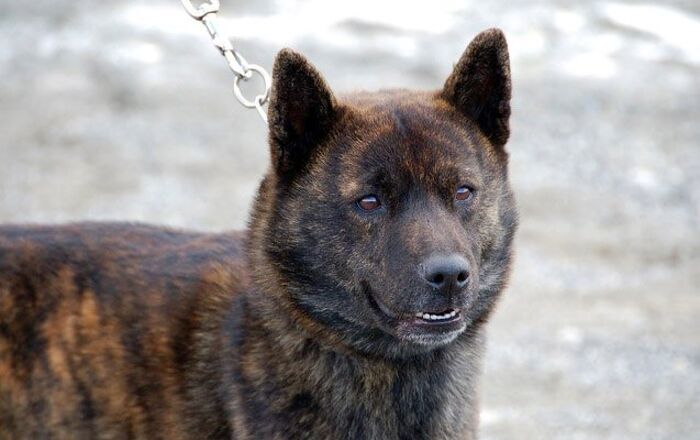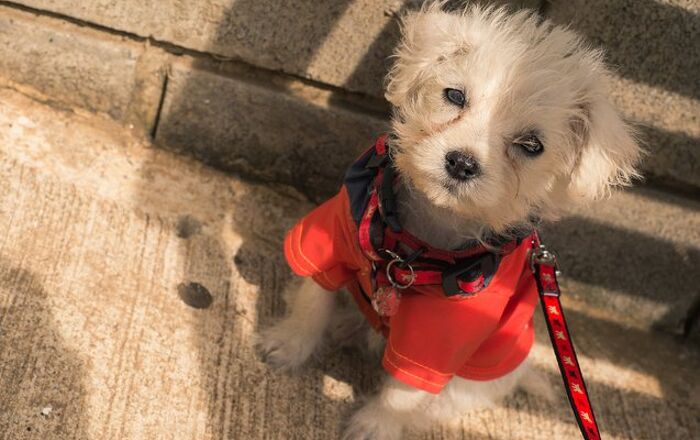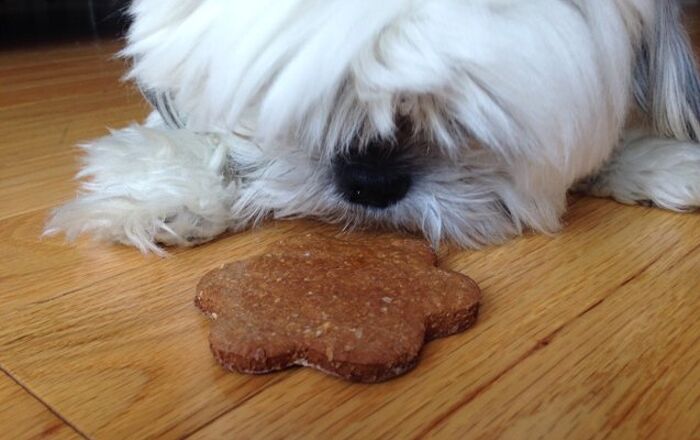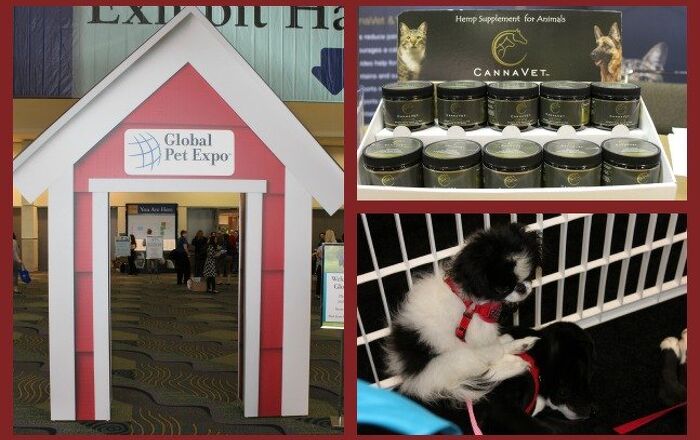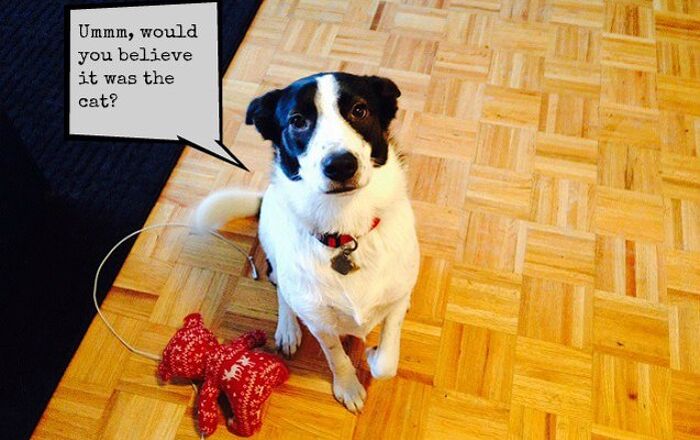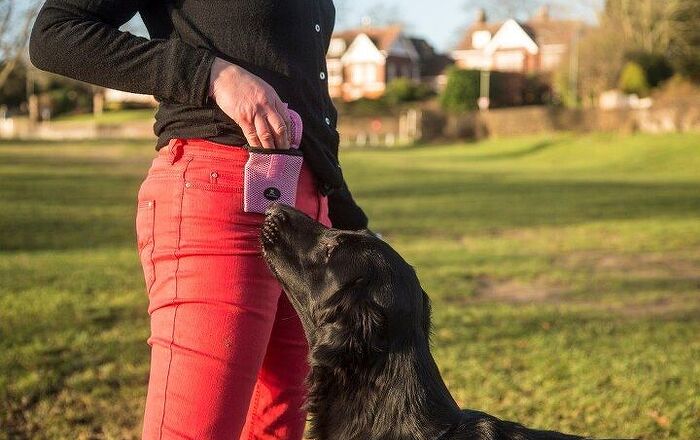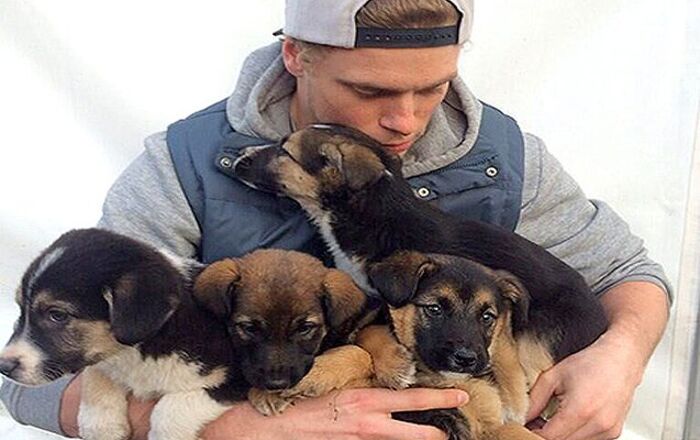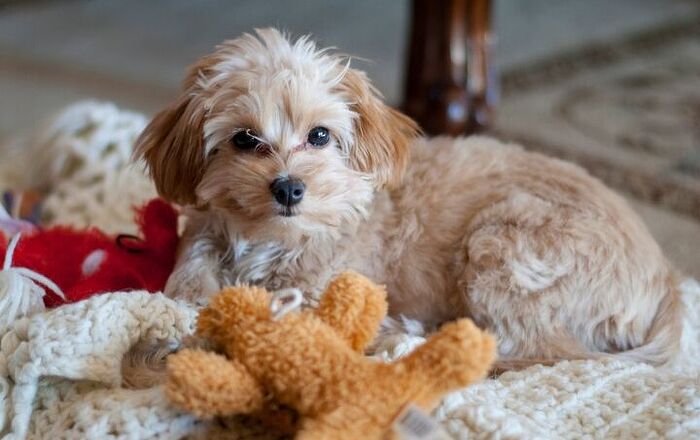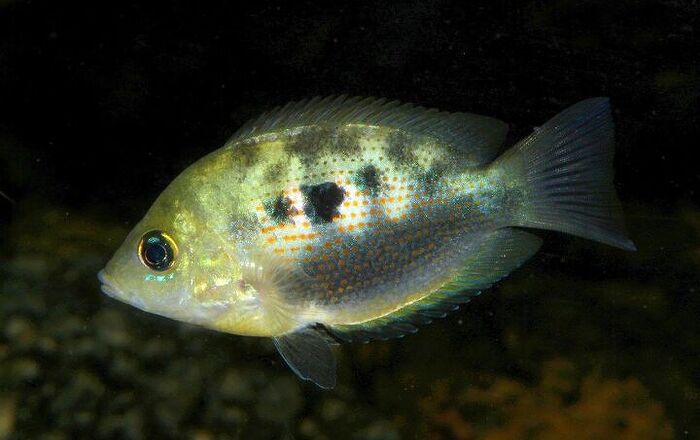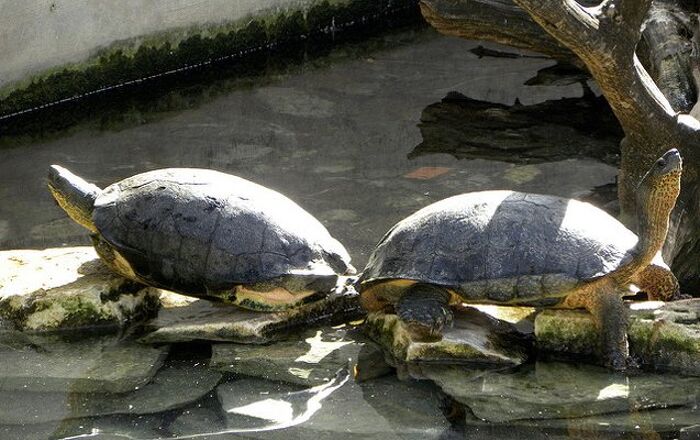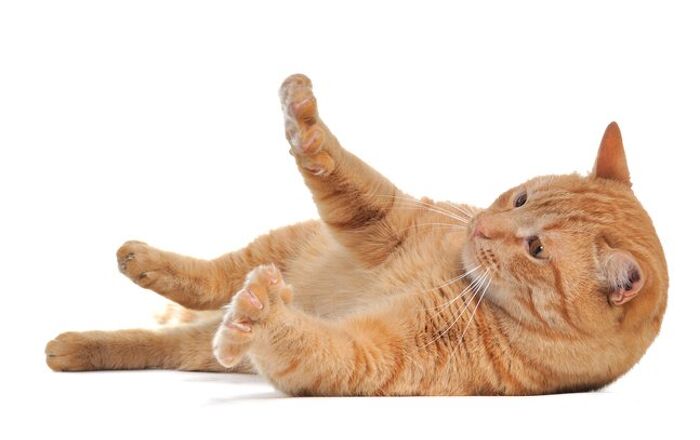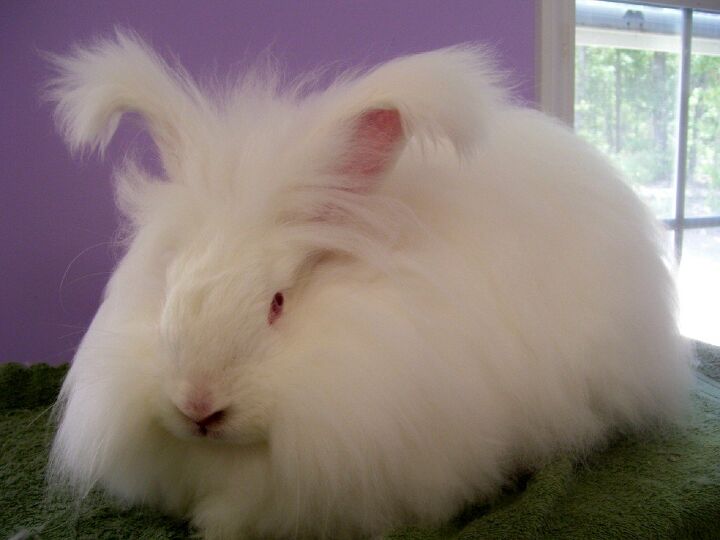
Giant Angora Rabbit Breed History/Origin
For many years, the American Rabbit Breeders Association (ARBA) only recognized two types of Angoras – the French and the English – because the other types were not different enough to be considered a separate breed. Louise Walsh of Tauton Massachusetts set her sights on creating a larger breed of Angora that was different from the others. Walsh crossed German Angoras to larger commercial breeds and developed an all-white rabbit that had some ear and head furnishings with exceptional high-quality wool. In 1988, the Giant Angora Rabbit was accepted by the ARBA.
Due to its large size, the Giant Angora rabbit requires a large enclosure to ensure a comfortable life.
Overall Description
Giant Angoras have a commercial body type and a large oval head that is broad on the forehead and slightly narrower at the muzzle. They have facial forehead tufts as well as cheek furnishings. The ears are lightly fringed and well tasseled.
Coat

Out of the four Angora breeds recognized by the ARBA, the Giant Angora rabbit produces the most wool. They have three different kinds of fiber in its wool: soft underwool (gentle waves and shine), awn fluff (crimped with a hooked end) and awn hair (guard hairs which are strong and straight). In order to keep their wool mat-free, be sure to brush it with a bristled brush once every two days or as necessary. If your Giant Angora’s wool gets a little dirty, spot-clean it with a damp towel.
Despite being a descendant of the German Angoras, which do not molt, Giant Angoras go through a partial molt. However, their wool needs to be harvested 3-4 times a year by owners using shears or scissors and can produce 1-2 lbs of wool per year. Giant Angora wool is perfect to be dyed and made into clothes such as socks and mittens.
Colors
Like other Angoras, the Giant Angora rabbit comes in a variety of hues from grey to brown to black, and broken colors. However, the only color that is accepted by the ARBA is REW (ruby-eyed white rabbits), also called albino rabbits.
Giant Angora rabbits should always have a few toys to keep them entertained.
Care Requirements
Due to its large size, this rabbit requires an equally large enclosure to ensure a lengthy, comfortable life. Should your Giant Angora rabbit be an outdoor rabbit, wood enclosures that are raised from the ground and have a fenced bottom with a ramp are preferred to keep them safe from the elements as well as predators. Indoor enclosures should have a wire frame and a plastic bottom where pet owners can place bedding. Some rabbit cages also have wire bottoms, however the wire is harsh on your rabbit’s feet. Be sure to spot-clean the bedding every day to give your rabbit a dung-free area to sleep and change the bedding every week.
A Giant Angora’s rabbit should consist of 70 percent hay – there are many different kinds of hay available on the market for rabbits, differing in price point and nutritional value. The rest of their diet should be a balance of leafy greens, pellets, fruits and vegetables. Be wary of what kind of fruits or vegetables you have in your home, as some of them are not recommended to be given to your bunny. Some rabbit-safe vegetables include fennel, pumpkin, asparagus, cauliflower, cucumber, and watercress.
Giant Angoras are mostly used as fiber animals, meaning they are generally bred to produce wool. However, should you decide to keep this rabbit breed as a pet, be sure to socialize them when they are kits in order to have a well-rounded bunny that does well with smaller children and perhaps even other animals.
Health
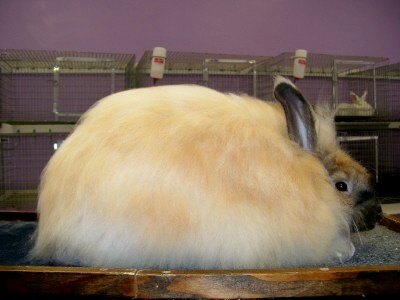
The most worrisome health issue a Giant Angora rabbit has to worry about is the possibility of developing wool block. Rabbits are clean creatures and like other animals, enjoy grooming themselves to keep their coat in good condition. Some animals, like cats, regurgitate the fur that they accidentally swallow – rabbits don’t have that ability. Instead, due to a diet that is poor in hay, the wool get stuck in their stomachs and creates sort of a hairball. The rabbit believes their bellies are full and refuses to eat and eventually dies of starvation. Symptoms of wool block include lack of appetite, less droppings and a less active rabbit overall. Should you suspect your rabbit is experiencing wool block, be sure to rush them to your local veterinarian to get the problem sorted.
All rabbits are also susceptible to developing overgrown teeth. This problem is also caused to a diet that lacks a proper balance of hay, which is used to slowly grind down their teeth naturally. Overgrown teeth can grow into a rabbit’s jaw and face and be very painful. In order to prevent this, make sure to check your rabbit’s mouth every once in a while to check for overgrown teeth and always make sure they have a proper diet consisting of mostly hay.
Giant Angora wool is perfect to be dyed and made into clothes such as socks and mittens.
Temperament/Behavior
Giant Angoras should have as much time outside of their enclosures as possible in order for their individual personalities to really shine. Rabbits who are mostly kept in their enclosures and away from human activity do not have the time to interact with their humans and won’t be able to create a lasting relationship. Whether you decide to keep your Angora indoors or out, make sure they have plenty of room to roam around freely and safely. Indoor rabbits should have the freedom to hop around your rooms and have access to sunlight, while outdoor rabbits should be out of their enclosures a few hours every day to stretch their legs in a fenced yard.
Because they are so large, we do not recommend this kind of breed to those living in apartments. Couples or families who are able to care for a larger rabbit should have a fenced yard and should also teach their children how to handle large animals without hurting themselves or the bunny. Rabbits should also have a few toys to keep them entertained.
Rabbits are not easy animals to litter train, however it is possible with lots of patience and rewards when they do the deed in the correct spot. Many owners find having several litter boxes spread across the home is a necessary evil in order for their indoor rabbit not to leave their droppings all over their home. They also find that if their rabbit is prone to doing the deed in one particular corner, they place a litter box in that corner so the rabbit can make the connection and understand that they should be doing their business in the box and not outside the box wherever they please.
Photo credit: mgangoras/Flickr

